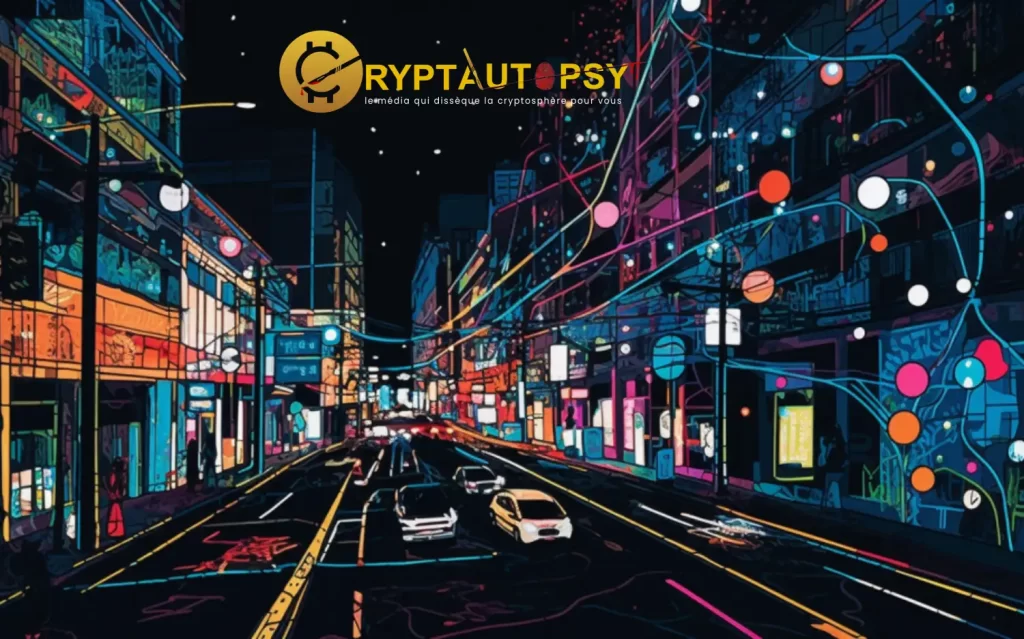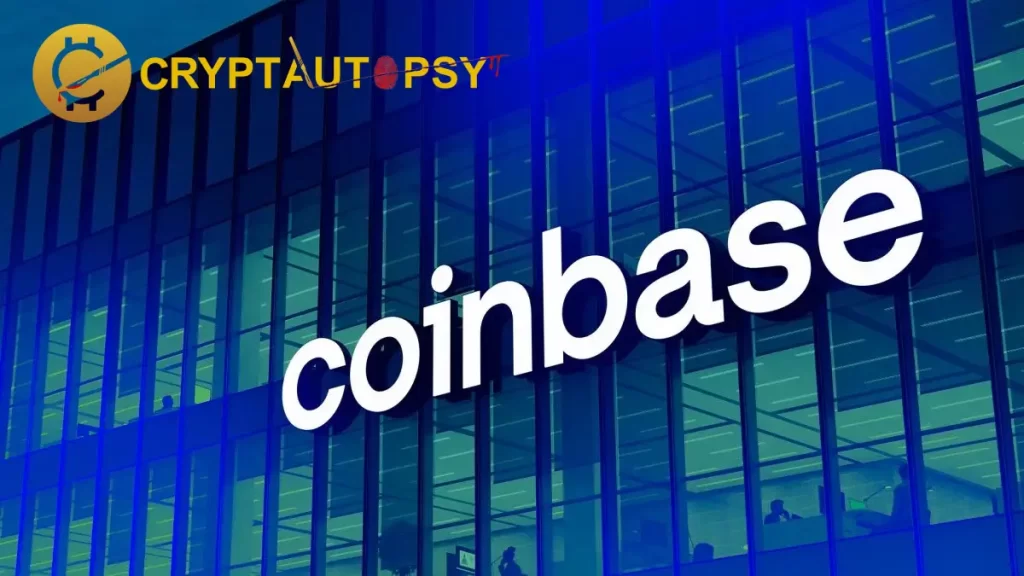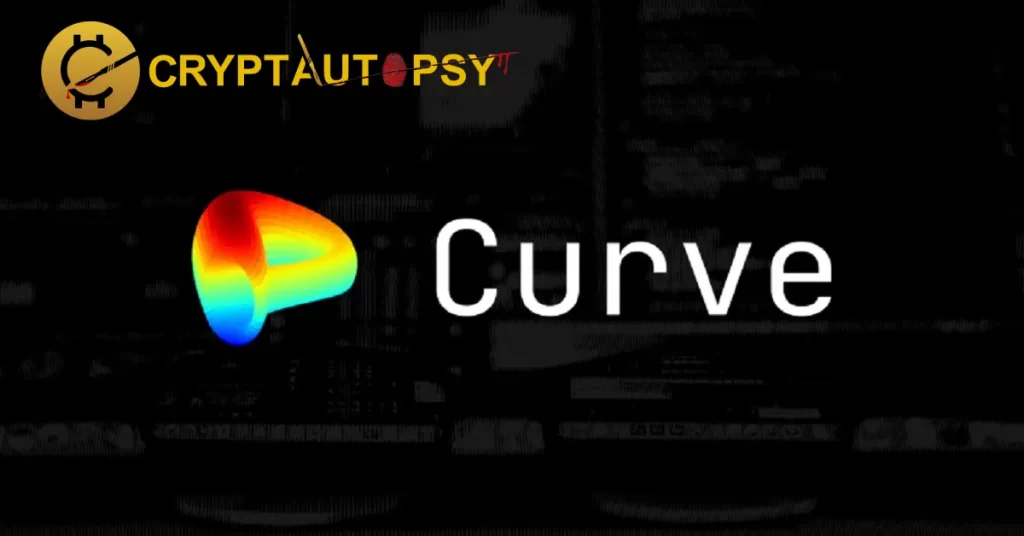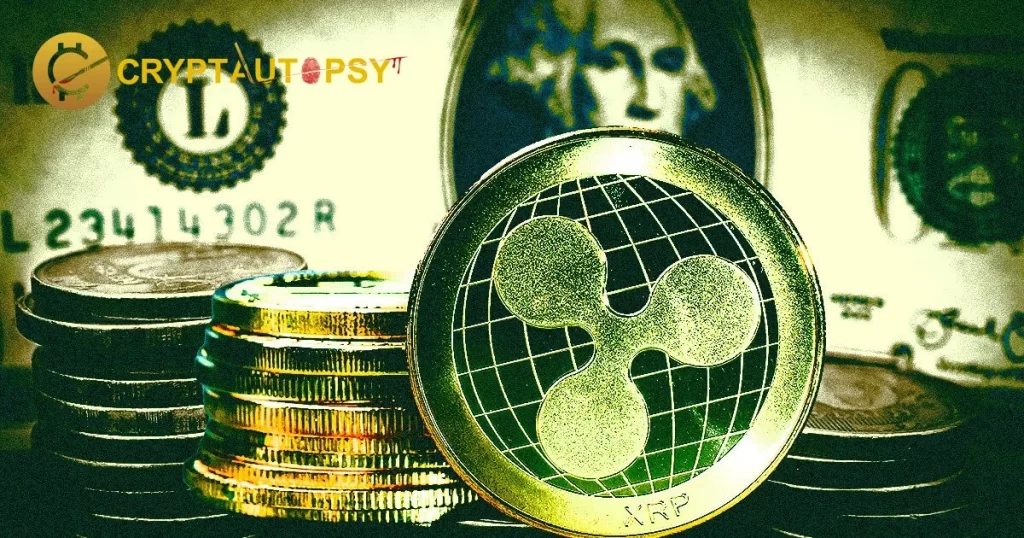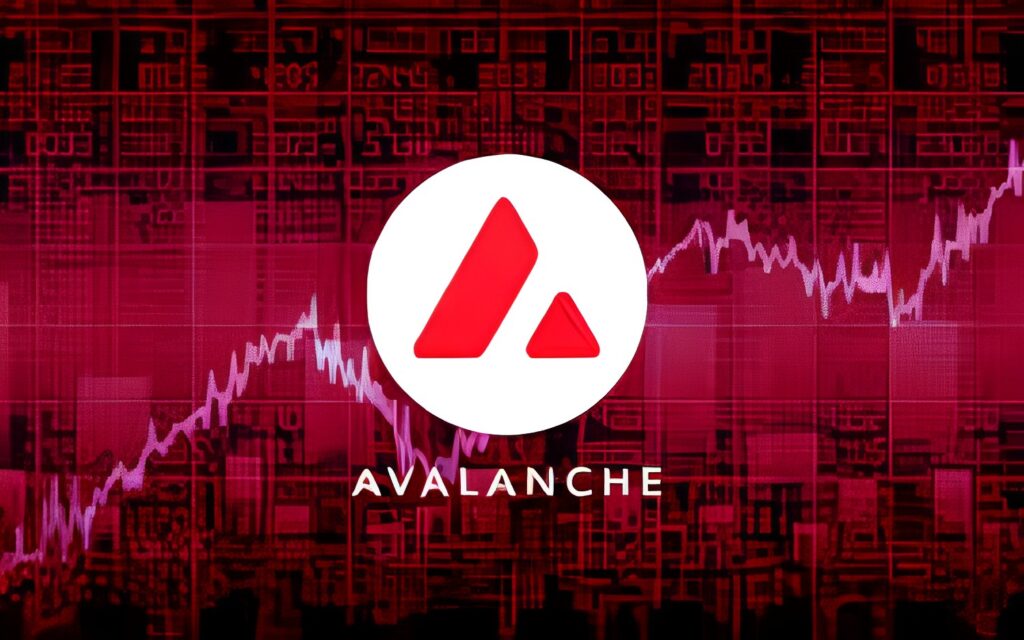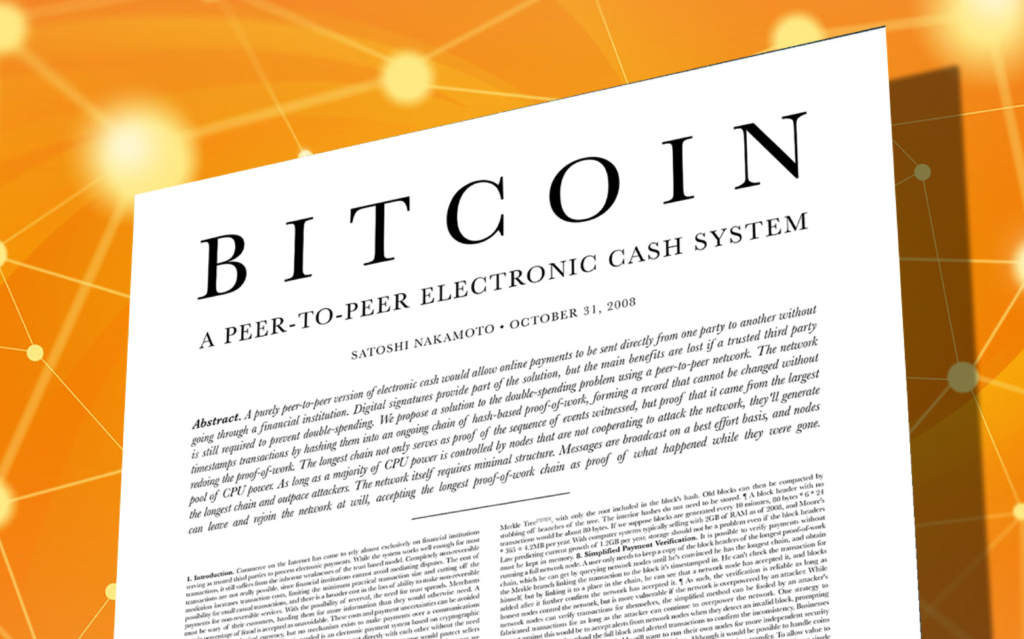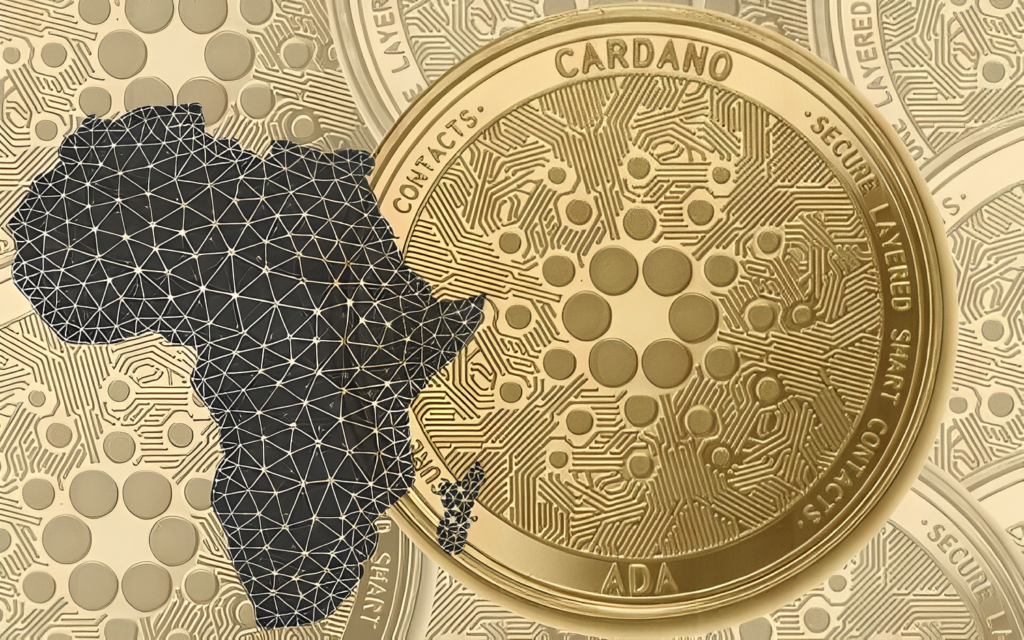Unveiling the Remarkable Equivalence: Stablecoin Settlements vs. Visa’s Dominance in 2022

In the ever-evolving world of finance, where traditional methods meet modern innovation, stablecoins have emerged as true contenders, even standing toe-to-toe with the juggernaut in payments, Visa. A recent report by Brevan Howard, a respected European hedge fund, has unearthed an astonishing revelation – during 2022, the total value of stablecoin settlements surpassed a monumental $11 trillion, a figure that mirrors Visa’s own settlements of $11.6 trillion during the same period. This finding not only highlights the burgeoning influence of stablecoins but also beckons us to explore their far-reaching impact on the financial landscape.
The Dawn of Stablecoins: Redefining Transactions
Stablecoins, designed to provide stability amidst the volatility of cryptocurrencies, have garnered immense attention as a preferred medium for everyday transactions. Brevan Howard’s report spotlights their growing importance in reshaping the way we make payments. These digital assets, often backed by tangible assets like fiat currency, U.S. Treasuries, and other reliable equivalents, have swiftly gained prominence as a trusted means of conducting transactions. The remarkable value of over $11 trillion settled through stablecoins in 2022 echoes the substantial scale of settlements processed by Visa.
A Comparative Insight: Stablecoin Influence vs. Traditional Players
What emerges from the report’s findings is a striking parallel between stablecoin transactions and those carried out using the conventional giant, Visa. While Paypal managed transactions worth $1.4 trillion and Mastercard settled approximately $6.57 trillion in the same year, stablecoins displayed their mettle by standing shoulder to shoulder with these giants. This juxtaposition signifies a shift towards a decentralized, technology-driven mode of financial transactions, where stability, security, and convenience converge seamlessly.
Unraveling the Adoption and Momentum of Stablecoins
Steered by the expertise of renowned researchers Peter Johnson and Sai Nimmagadda, Brevan Howard’s study delved deep into the realm of non-speculative activities involving stablecoins across prominent blockchains such as Ethereum, Tron, and Binance Smart Chain (BSC). What emerged from this exploration is staggering – over 25 million blockchain addresses held a minimum of $1 in stablecoins. This statistic not only underscores the widespread acceptance of stablecoins as a preferred store of value and exchange but also reflects their potential to reshape financial dynamics.
The Foundation of Stability: The Role of Fiat-Backing
Central to Brevan Howard’s report is an exploration of the stablecoins that underpinned these substantial settlement figures. Primarily backed by conventional fiat currencies, stablecoins such as USDT, USDC, BUSD, and TUSD derive their stability from assets like bank deposits and U.S. Treasuries. These tangible assets provide a solid foundation for their digital counterparts, making them resistant to the price volatility that often characterizes cryptocurrencies. The report notably highlights that these fiat-backed stablecoins played a pivotal role in facilitating non-speculative transactions, solidifying their position as a dependable medium of exchange.
Understanding Stablecoin Users: Embracing Diversity
Contrary to the assumption that significant transactions dominate the stablecoin realm, the report introduces a different narrative. It reveals that a majority of stablecoin users in 2022 fell within the small or retail category. Surprisingly, an estimated 75% of weekly active stablecoin addresses conducted transactions valued at less than $1000. This revelation brings to light the inclusivity and accessibility that stablecoins bring to financial transactions, catering to a wide spectrum of users.
The Resilience of Stablecoin Volumes
The report delivers an intriguing insight into the resilience of stablecoin volumes, especially when contrasted with broader trends in the cryptocurrency market. While both centralized and decentralized exchange volumes experienced steep declines of 64% and 60%, respectively, stablecoin volumes exhibited remarkable resilience with just an 11% dip since December 2021. This resilience underscores the stablecoins’ ability to sustain steady traction even in the face of market fluctuations.
Triumph of Stablecoins: A Glimpse into Blockchain Supremacy
Within the landscape of blockchain transactions, Ethereum emerges as a significant contributor, accounting for 50% of all stablecoin volumes. However, this dominance in volume is in stark contrast to its relatively low contribution of 3% to the total transaction count, owing to its high transaction fees. In a different narrative, the combined power of Tron and Binance Smart Chain (BSC) takes the center stage, propelling 75% of stablecoin transactions and constituting 41% of the overall volume. Among stablecoins, Tether’s USDT emerges as the frontrunner, commanding an impressive 69% of the total stablecoin supply, and overwhelmingly dominating weekly active addresses and transactions, claiming 80% and 75%, respectively.
Beyond 2022: Charting the Trajectory of Stablecoins
While the report celebrates the resounding success of stablecoins in 2022, it also acknowledges the challenges on the horizon. The fluctuating cycles of the cryptocurrency market and the intricate regulatory landscape have caused stablecoins to trail behind Mastercard in 2023. However, Brevan Howard’s projections cast an optimistic glow on stablecoins’ future. The report posits that stablecoins could potentially outpace Bitcoin users within the next five years, driven by innovative payment integrations and groundbreaking advancements.











